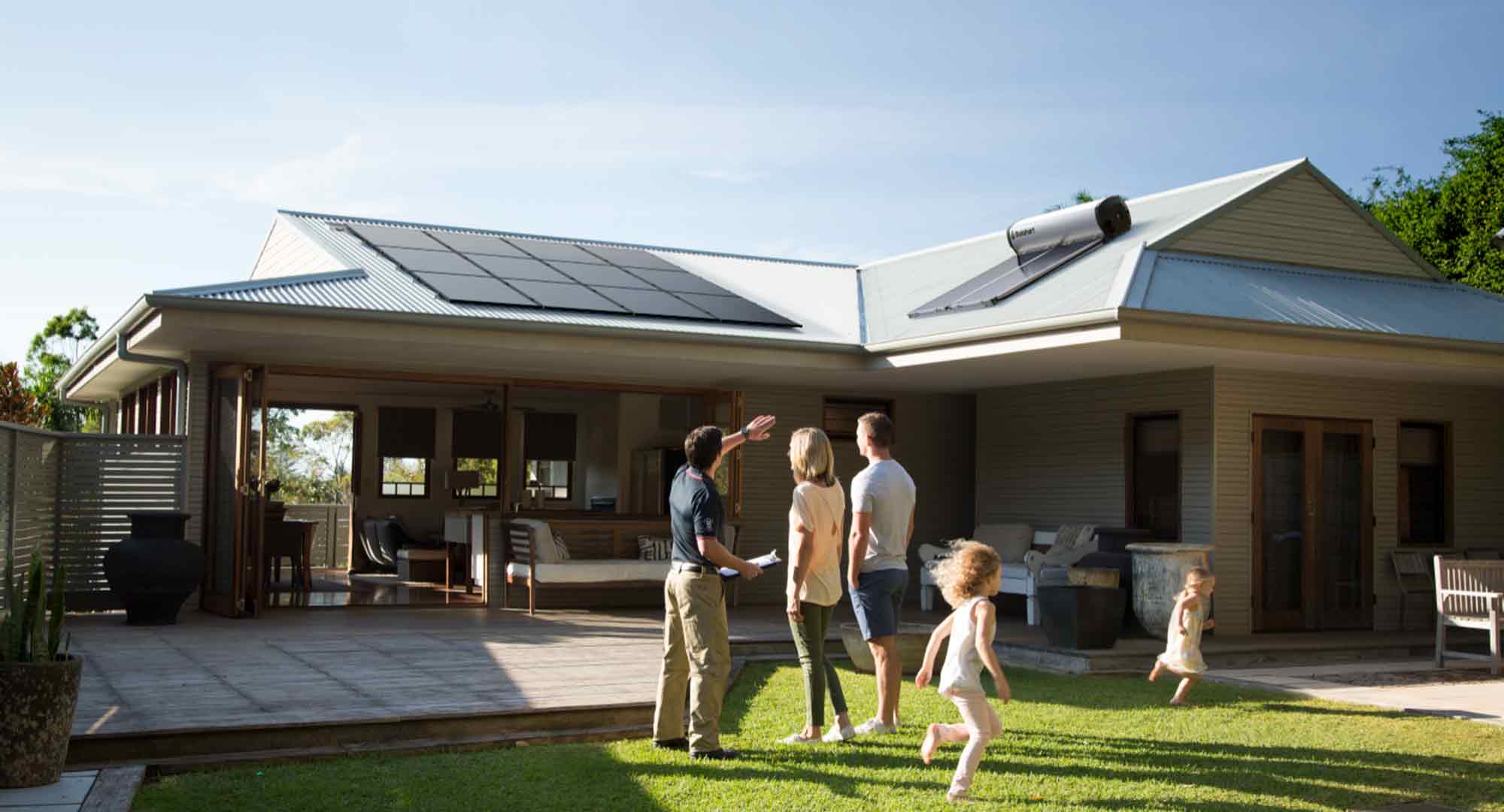Contact Information
- Solahart Sydney
- 55 Brodie Street
- Rydalmere NSW 2116
- 1300 362 821
- sales.sydney@solahart.com.au

You may have seen kW and kWh on your electricity bills, on television, or online. But, do you know what they mean, and what the difference is between the two?
Before we go into detail, here are the basics:
kW, short for kilowatt, is 1,000 watts. It is a measure of power or the rate at which electricity flows. So, the more watts an appliance needs to operate, the more electricity it will use. For example, a 100 W light bulb will shine brighter than a 20 W option, but more electricity is required to run it.
kWh, or kilowatt hour, refers to the energy an appliance uses in kilowatts per hour measured by kW x time. If you run the 100 W light bulb for one hour, you will use 0.1 kWh. If you run a 1 kW washing machine for one hour, you will use 1 kWh, and if you run it for two hours, you will use 2 kWh of energy.
It is essential to know the difference between kW and kWh if you intend to install solar power. A solar system’s size is defined by its peak power and is always listed as kW. For example, a 5 kW system can produce a maximum of 5 kW of solar power when the sun is strongest on a perfectly sunny day.
Knowing how much daily energy (kWh) you use on average is an important factor to help identify the correct system size (kW). There are many other factors to determine the right sized system, including roof orientation, location, how much you want to save, and your future plans, such as the purchase of an electric vehicle.
If you’re looking to make the switch to solar, your local Solahart Dealer will provide a free in-home solar assessment to determine which system is best for you.

Knowing the difference between kW and kWh allows you to better monitor your energy bills as electricity providers and resellers charge per kWh. By understanding which appliances use the most energy, you can manage your future consumption more effectively.
Going a step further, another way to manage your future consumption is to monitor your energy production and its use within your home with a Solahart Home Energy Management System (HEMS). This system:
Learn more about HEMS today.

Rated 4.7 from 8,200+ customer reviews
Solahart Industries Pty Ltd (ACN 064 945 848), trading as Solahart Sydney, operates the Solahart dealership in the region covering Sydney metropolitan. NSW Contractor Licence No. 234492C; Electrician Licence No. 313019C; Plumber Licence No. 214312C.
Looking for something else? Search our site here.
At Solahart, we’re proud to be leading Australia’s solar charge. Helping smart Aussies make a real difference to the planet, reducing their reliance on the grid, cutting their energy bills, and connecting them to their smart energy future.
Since 1953, we’ve been the trusted name in Australian solar, installing over a million solar hot water systems in over 70 countries, and over 700,000 solar power panels in Australia.